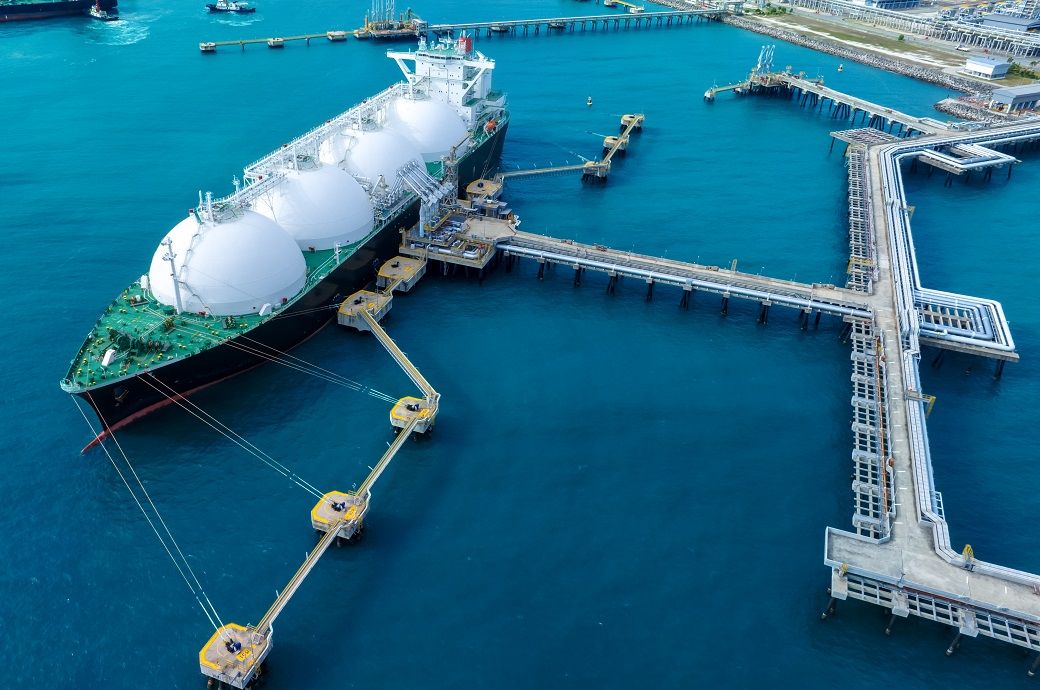
On August 27, 2025, the United States sharply increased tariffs on goods imported from India, doubling the rate from approximately 25 per cent to 50 per cent. This action follows ongoing concerns about India's continued imports of Russian oil and significantly impacts a broad spectrum of products—chemicals being among the most affected. According to the Global Trade Research Initiative (GTRI), the steep rise in duties could cause Indian chemical exports, particularly organic chemicals, to plummet by 50–70 per cent.
Although some exemptions remain in place, many chemical categories—including organic chemicals—now face a cumulative tariff burden of around 54 per cent, combining the existing Most Favoured Nation (MFN) duty with the newly introduced US tariff.
Implications for India's Chemical Sector
1. Decline in Global Competitiveness
Key sectors like organic chemicals, agrochemicals, dyes, and intermediates are now at a competitive disadvantage, especially when compared to exporters from lower-duty countries such as Ireland or Switzerland.
2. Sharp Drop in Export Volumes
Export volumes for certain chemical segments may decline by as much as 70 per cent, according to GTRI estimates. This projection aligns with similar downturns expected in other export categories like textiles, jewellery, and furniture.
3. Strain on MSMEs
Micro, small, and medium enterprises (MSMEs), which account for roughly 65 per cent of India's chemical exports, are especially vulnerable. Many may be forced to absorb the added costs to maintain client relationships, leading to margin pressures and reduced profitability.
4. Margin Compression for Specialty Chemical Firms
Major Indian specialty chemical companies are expected to face a dip in earnings. For instance, EBITDA margins may decline by an estimated 12 per cent for PI Industries, 5 per cent for Navin Fluorine, and 4 per cent for SRF.
5. Increased Global Competition and Price Pressures
With the US market less accessible, major exporters like China could redirect surplus inventory to other global markets, intensifying competition and pushing down prices—creating further headwinds for Indian firms.
6. Strategic Diversification and Demand Realignment
In response, Indian policymakers and industry stakeholders are looking to expand into alternative markets such as the European Union, Africa, the Middle East, and Southeast Asia. There is also a renewed focus on enhancing domestic production capabilities and moving up the value chain.
Government and Industry Response
To support the affected sectors—particularly in states like Gujarat, a key chemicals hub—the Indian government is preparing relief measures. These include export incentives, low-interest loans, and streamlined compliance requirements.
Industry leaders are also advocating for strategic trade negotiations, harmonisation of HS codes with the US, and better access to trade intelligence for MSMEs. Strengthening support systems for smaller exporters remains a top priority.
Outlook
The imposition of a 50 per cent tariff by the US represents a major disruption for India's chemical export landscape. MSMEs and specialty chemical firms are likely to bear the brunt, facing a mix of reduced demand, thinner profit margins, and heightened global competition. The steps taken by both the government and industry in the immediate future will be pivotal in mitigating the fallout and stabilising the sector.
ALCHEMPro News Desk (VK)
Receive daily prices and market insights straight to your inbox. Subscribe to AlchemPro Weekly!